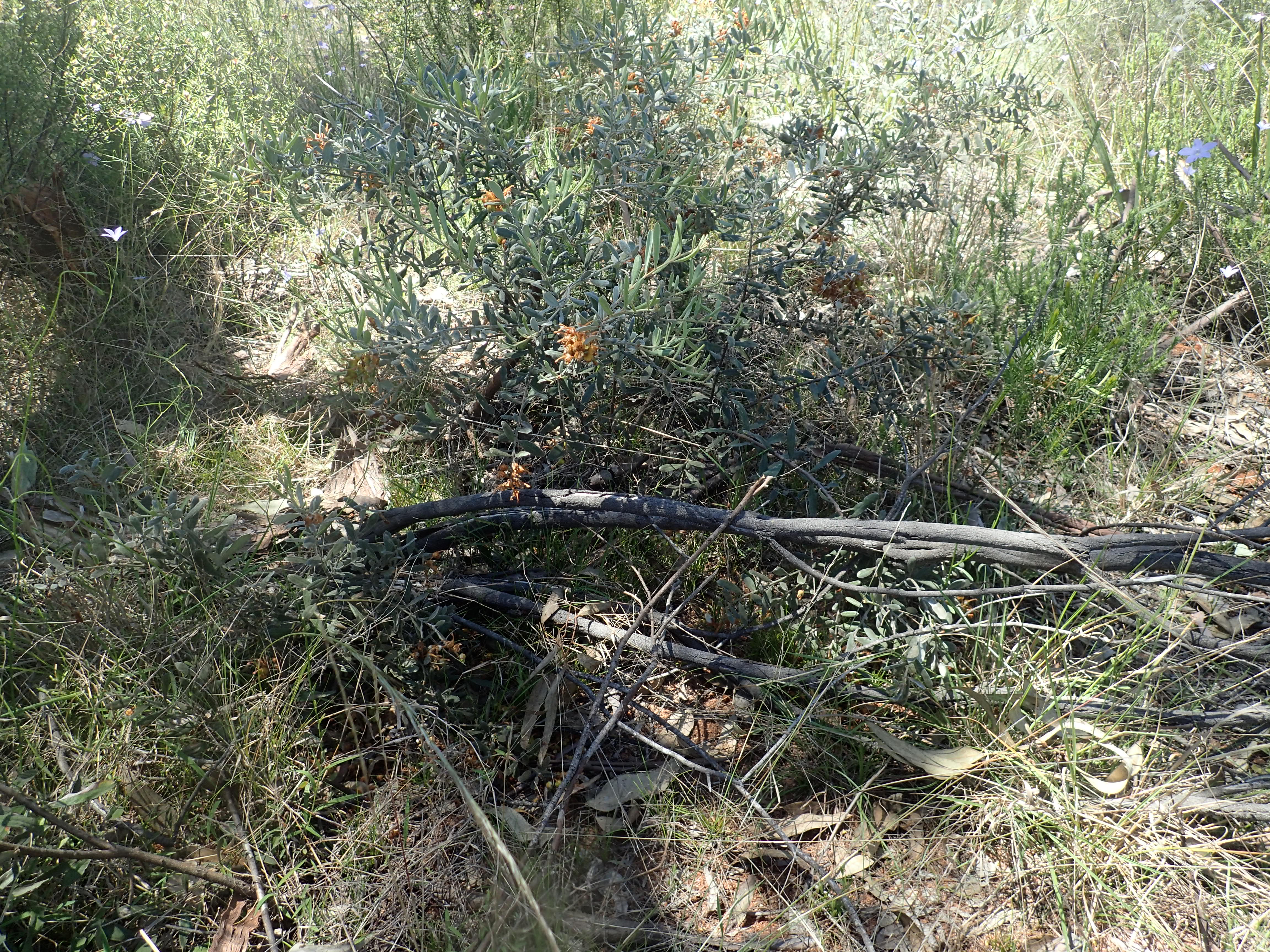Grevillea Floribunda on:
[Wikipedia]
[Google]
[Amazon]
 ''Grevillea floribunda'', commonly known as seven dwarfs grevillea, is a species of flowering plant in the family
''Grevillea floribunda'', commonly known as seven dwarfs grevillea, is a species of flowering plant in the family
 ''Grevillea floribunda'', commonly known as seven dwarfs grevillea, is a species of flowering plant in the family
''Grevillea floribunda'', commonly known as seven dwarfs grevillea, is a species of flowering plant in the family Proteaceae
The Proteaceae form a family of flowering plants predominantly distributed in the Southern Hemisphere. The family comprises 83 genera with about 1,660 known species. Together with the Platanaceae and Nelumbonaceae, they make up the order Pro ...
and is endemic
Endemism is the state of a species being found in a single defined geographic location, such as an island, state, nation, country or other defined zone; organisms that are indigenous to a place are not endemic to it if they are also found elsew ...
to eastern Australia. It is a spreading shrub with oblong to egg-shaped leaves with the narrower end towards the base and groups of six to twenty flowers covered with rusty brown hairs.
Description
''Grevillea floribunda'' is a spreading shrub that typically grows to a height of . Its leaves are oblong to egg-shaped, mostly long and wide and softly-hairy on the lower surface. The flowers are arranged in groups of six to twenty, usually at the end of branches, theperianth
The perianth (perigonium, perigon or perigone in monocots) is the non-reproductive part of the flower, and structure that forms an envelope surrounding the sexual organs, consisting of the calyx (sepals) and the corolla (petals) or tepals when ...
is greenish and covered with woolly, rusty-brown hairs and the pistil
Gynoecium (; ) is most commonly used as a collective term for the parts of a flower that produce ovules and ultimately develop into the fruit and seeds. The gynoecium is the innermost whorl of a flower; it consists of (one or more) ''pistils'' ...
is long. The ovary
The ovary is an organ in the female reproductive system that produces an ovum. When released, this travels down the fallopian tube into the uterus, where it may become fertilized by a sperm. There is an ovary () found on each side of the body. ...
is sessile
Sessility, or sessile, may refer to:
* Sessility (motility), organisms which are not able to move about
* Sessility (botany), flowers or leaves that grow directly from the stem or peduncle of a plant
* Sessility (medicine), tumors and polyps that ...
and the style is reddish. Flowering occurs in all months with a peak in spring and the fruit is a hairy follicle long.
Taxonomy
''Grevillea floribunda'' was first formally described in 1830 by Robert Brown in his ''Supplementum primum Prodromi florae Novae Hollandiae
''Supplementum primum Prodromi florae Novae Hollandiae'' ("First supplement to the Prodromus of the flora of New Holland") is an 1830 supplement to Robert Brown's ''Prodromus florae Novae Hollandiae et Insulae Van Diemen''. It may be referred to ...
''. The specific epithet
In taxonomy, binomial nomenclature ("two-term naming system"), also called nomenclature ("two-name naming system") or binary nomenclature, is a formal system of naming species of living things by giving each a name composed of two parts, bot ...
means "profusely flowering".
In 1994, Peter M. Olde and Neil R. Marriott
Neil is a masculine name of Gaelic and Irish origin. The name is an anglicisation of the Irish ''Niall'' which is of disputed derivation. The Irish name may be derived from words meaning "cloud", "passionate", "victory", "honour" or "champion".. A ...
described two subspecies of ''G. floribunda'' and the names are accepted by the Australian Plant Census The Australian Plant Census (APC) provides an online interface to currently accepted, published, scientific names of the vascular flora of Australia, as one of the output interfaces of the national government Integrated Biodiversity Information Syst ...
:
* ''Grevillea floribunda'' R.Br. subsp. ''floribunda''
* ''Grevillea floribunda'' subsp. ''tenella'' Olde & Marriott
Distribution and habitat
Seven dwarfs grevillea grows in forest and woodland and is widespread on the tablelands and western slopes of New South Wales and in south-eastern Queensland. There is a single doubtful record from the Killawarra Forest in Victoria. Subspecies ''tenella'' is restricted to the Darling Downs region of Queensland.References
{{Taxonbar, from=Q5607920 floribunda Flora of New South Wales Flora of Queensland Proteales of Australia Plants described in 1830